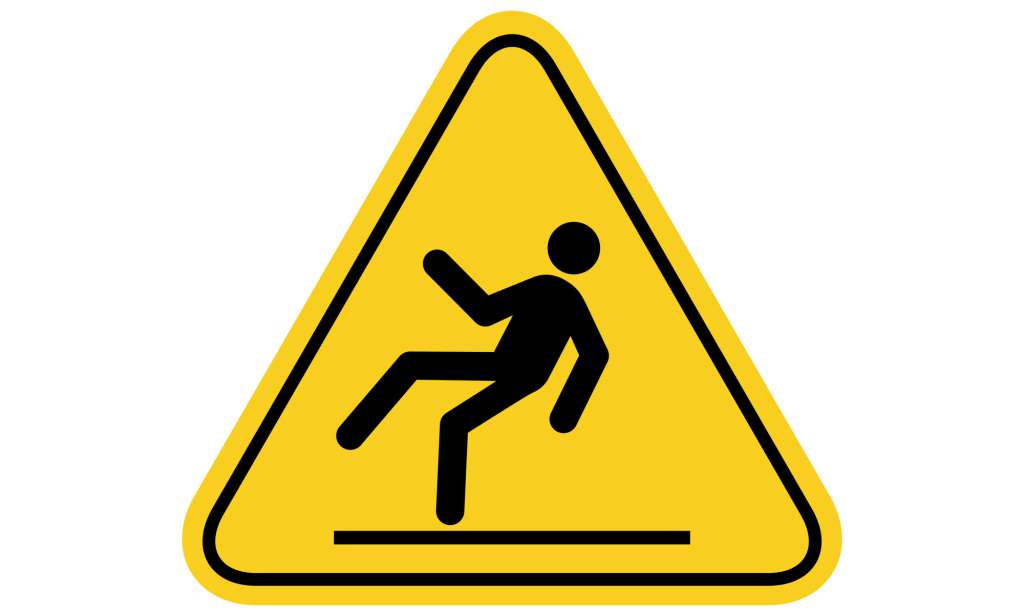Understanding the Biomechanics of Slip, Trip and Fall Injuries
Slip, trip, and fall incidents are one of the top losses in the retail, restaurant and hospitality environments. This session at the 2020 CLM Workers’ Compensation and Retail, Restaurant and Hospitality Conference examined the biomechanics needed to understand and, when necessary, defend against claimed slip, trip and fall injuries.
Speakers included:
- Tamara Cohen, Senior Biomechanist, ARCCA, Inc.
- Gwyneth K. Murray-Nolan, Partner/Member, Weiner Law Group LLP
- Cathleen Rebar, Partner, Rebar Kelly
- Jayne Spies, Claims Manager, Oklahoma Municipal Assurance Group
Many companies hire a biomechanical expert to assess slip, trip and fall claimed injuries. These experts consider four main factors when conducting their evaluation.
Causative Factors
Understanding the causative factors involved in past slip, trip and fall claimed injuries will help reduce the occurrence of those accidents. Each case must be decided upon based on facts related to the incident, while taking into account the claimant’s behavior. These types of accidents involve a number of factors related to engineering, biomechanics, human factors and environmental elements. A comprehensive analysis of these factors can help evaluate the cause of the slip, trip or fall and if there is any objective evidence to support or refute the claim. If there are objective findings to support the claimed injuries, the analysis will then determine the cause of the claimed injuries.
Human Factors
The first step in an investigation is understanding the manner of the incident. This includes the difference between the mechanisms associated with a slip and trip as well as the kinematic differences for each. Biomechanics research shows that walking has a predictable pattern. During normal walking, a slip occurs when there is insufficient friction between the heel of the leading foot and the walking surface, causing the foot to slide. When this occurs, the body’s center mass is behind the base of support and, therefore, the body will fall downward and backward. The body’s center mass continues to move forward past the base of support. If balance cannot be restored, the body will fall forward.
Environmental Factors
Premises can reduce this risk and mitigate liability related to it by adhering to building codes, design standards and proper maintenance. Specific standards address the slip resistance of walking surfaces, floor levelness and reducing obstructions along the travel path. When investigating an incident, it is important to refer to codes for the year the building was built or renovated. Note that some cities and states may adopt codes with amendments specific to certain jurisdictions. Other standards specifically address work environments and guidelines for safe work conditions. Understanding the mechanism of the fall is important in identifying the particular codes that may or may not have been violated.
Injury Biomechanics Factors
An injury mechanism is the mechanical process that causes and injury to occur, taking into account the direction and magnitude of the load applied to cause physiological trauma. It is important to recognize the typical areas of the body that may become injured for each manner of falling. When a slip occurs, the body falls backward, therefore results in posterior side injuries to the head, wrist, elbow and lower back. When a trip occurs, the body falls forward, producing anterior injuries to the knee, elbow, shoulder and wrist. Obtaining information about daily living activities will establish the injured party’s personal tolerance for a person-specific analysis and help to identify alternative injurious activities.
Keep in mind that some work activities are repetitive in nature and may contribute to certain types of injuries. Identifying those workloads, and applying safety measures to support proper form when performing those tasks, will ensure that they are within the physiological limits on the specific tissues involved.


